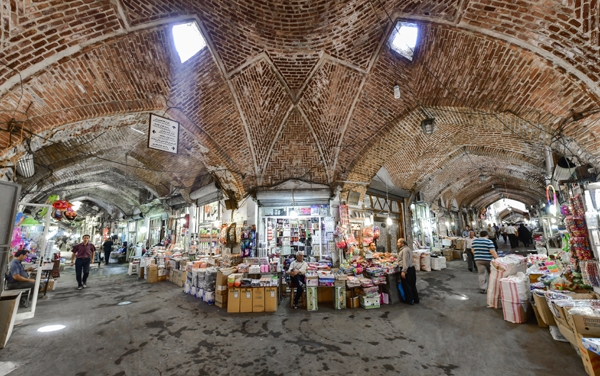Between the architecture, whirlwind of trade, and wafts of spices twisting through the labyrinths, there’s a hidden magic in the world of Iran’s bustling bazaars. While there are many to choose from, few make an impression quite like the bazaar in Tabriz. Read on as Culture Trip takes you on a walk through the historic, UNESCO-listed Tabriz Bazaar.
Due to Tabriz’s strategic location along the Silk Road, it has long been an important hub of commerce. Construction started over a millennium ago, making it one of the oldest bazaars in the Middle East; however, much of the brick domes date back to the 15th century, which actually gives some areas a somewhat modern feel. When Tabriz served as the capital city of the Safavid dynasty in the 16th century, the bazaar enjoyed an especially prosperous period, and over the years, it has played host to various functions from mercantile to social to religious. It joined the UNESCO rankings in 2010.
Strolling through the nearly seven square kilometers of interconnected red brick vaults, even the hardest-to-please traveler is sure to be enchanted by the Tabriz Bazaar. Each hall is dedicated to a particular item: the Amir Bazaar specializes in gold and jewelry, while the Kolahdozan Bazaar sells traditional Azeri hats made of wool. Other paths will take you down quarters for quality leather goods, handcrafted copper products, irresistible spices, and the freshest fruits and vegetables. Keep your eyes out for the original calculator, the abacus, which some shopkeepers still use to calculate the total (and keep their mind sharp).
Tabriz Bazaar
December 20, 2021
0 comment

Comment (0)